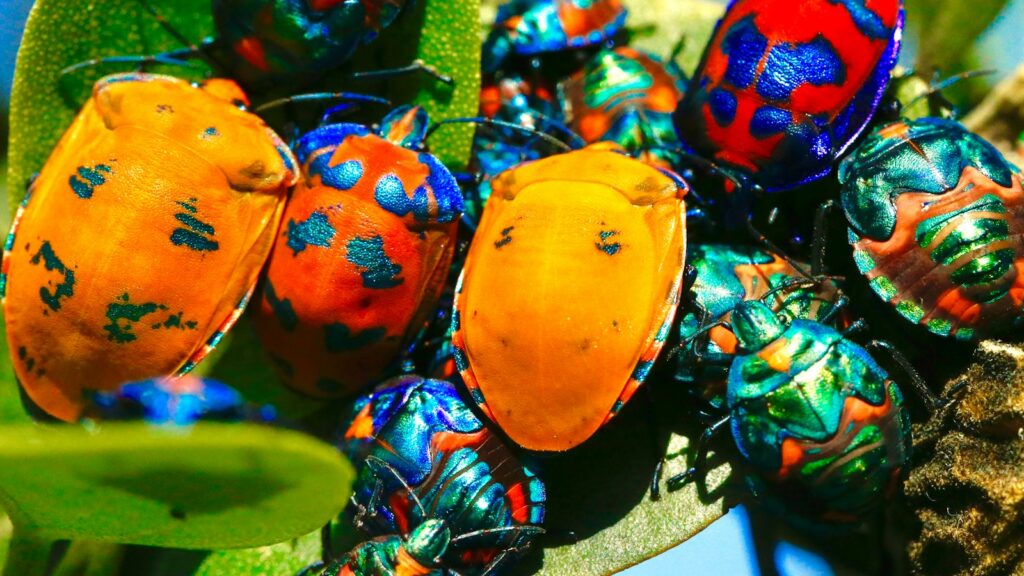In the intricate world of insect development, beetles follow a fascinating metamorphic journey. Most beetle species undergo complete metamorphosis, transforming from egg to larva to pupa before emerging as adults. However, a remarkable evolutionary twist exists: certain beetle species completely bypass the larva stage, emerging from eggs as miniature versions of their adult form. This developmental shortcut, known as paedogenesis or direct development, represents a significant deviation from the standard insect life cycle and offers evolutionary biologists a window into adaptive strategies that have profound implications for our understanding of evolution.
The Standard Beetle Life Cycle
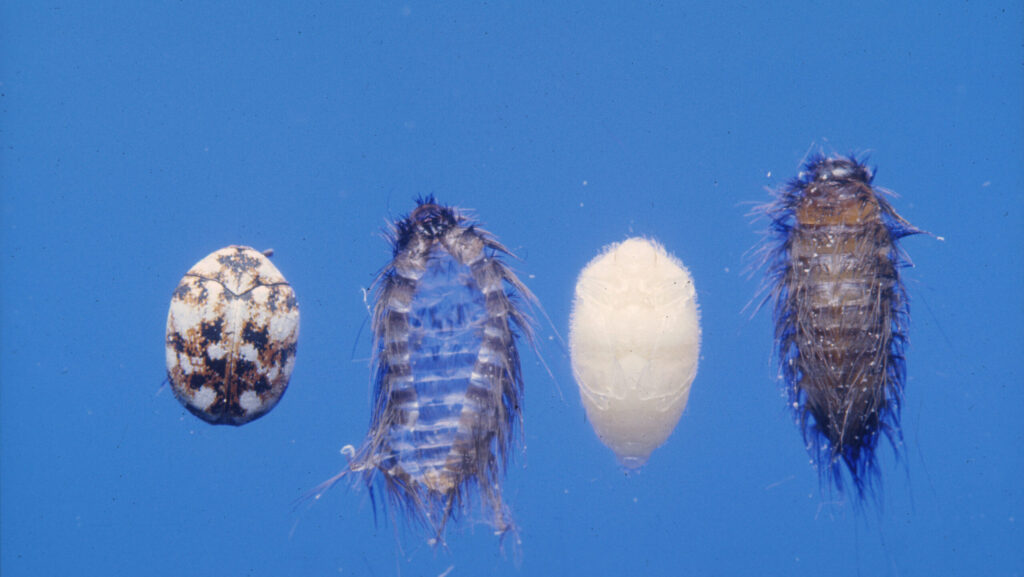
Typical beetle development follows the pattern of complete metamorphosis, scientifically termed holometabolous development. This four-stage process begins with eggs laid by female beetles, often in protected locations near food sources. Upon hatching, beetle larvae emerge—often worm-like creatures that bear little resemblance to their adult forms. These larvae undergo multiple molts as they grow, shedding their exoskeletons to accommodate their increasing size. After the larval stage, beetles enter a pupal phase where dramatic reorganization of body tissues occurs before they finally emerge as fully formed adult beetles. This complex developmental pathway represents the evolutionary norm for the order Coleoptera, which encompasses over 400,000 known beetle species.
Direct Developers: The Evolutionary Rebels
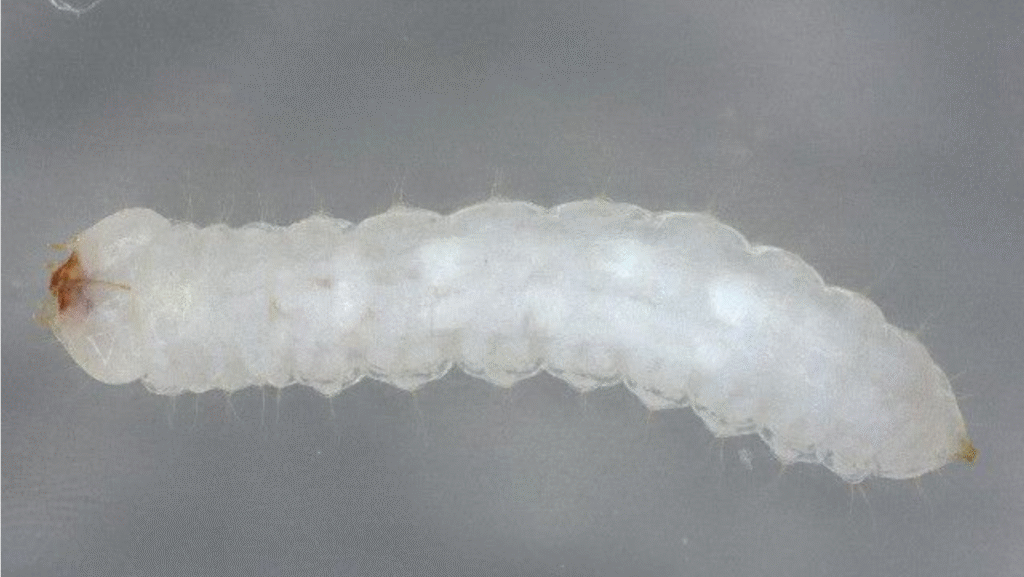
In stark contrast to the majority of their relatives, some beetle species have evolved to skip the larval stage entirely, exhibiting what scientists call direct development. These evolutionary rebels include members of the Micromalthus debilis species and certain rove beetles in the Staphylinidae family. Instead of hatching as larvae, their eggs develop directly into miniature versions of adults, albeit sexually immature. These “mini-adults” possess similar body structures and appendages as mature beetles, though they typically lack fully developed reproductive systems. This developmental shortcut eliminates the distinct morphological and ecological differences between juvenile and adult forms that characterize most beetle life cycles, representing a significant evolutionary adaptation that has emerged independently in several beetle lineages.
Micromalthus debilis: The Poster Child for Developmental Oddities
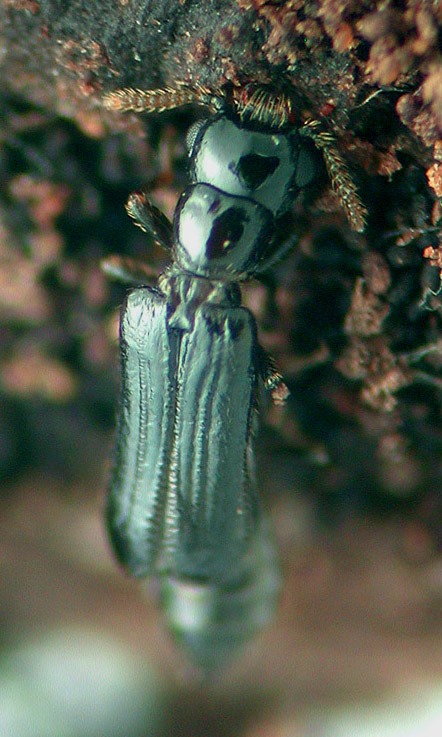
Perhaps the most well-studied example of a beetle with an unconventional life cycle is Micromalthus debilis, commonly known as the telephone-pole beetle. This tiny wood-boring beetle exhibits not only direct development in some circumstances but also displays one of the most complex reproductive systems in the insect world. What makes Micromalthus particularly fascinating is its ability to switch between different reproductive modes depending on environmental conditions. Under certain circumstances, females can produce eggs that develop directly into adults, skipping the larval stage entirely. This developmental plasticity allows the species to adapt rapidly to changing environmental conditions, providing a survival advantage in unpredictable habitats. Scientists studying Micromalthus have gained valuable insights into the genetic mechanisms that control developmental pathways in insects.
The Evolutionary Advantages of Skipping Stages
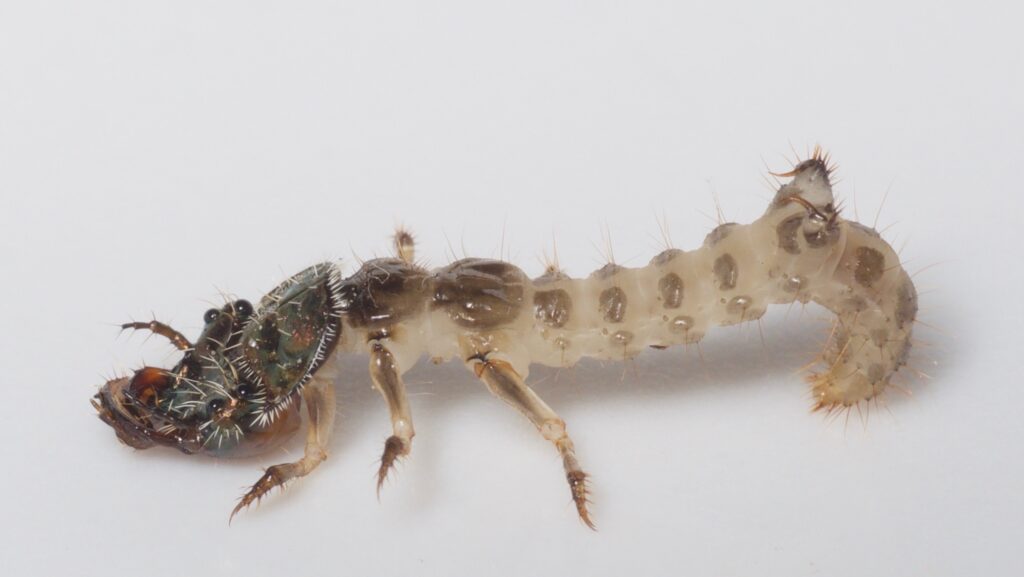
Bypassing the larval stage offers several potential evolutionary advantages that may explain why this adaptation has emerged multiple times across beetle lineages. The most obvious benefit is time efficiency—direct developers can complete their life cycle more quickly, allowing for faster population growth and colonization of new habitats. This rapid development can be particularly advantageous in environments where resources are temporarily abundant but quickly depleted. Additionally, by eliminating the vulnerable larval stage, these beetles may reduce their exposure to predators and parasites that specifically target larvae. For species living in unstable or ephemeral habitats, the ability to quickly produce new generations of reproductively capable adults provides a significant survival advantage. These advantages must outweigh the specialized feeding opportunities that many beetle larvae exploit, suggesting complex evolutionary trade-offs at work.
Genetic Mechanisms Behind Developmental Shortcuts
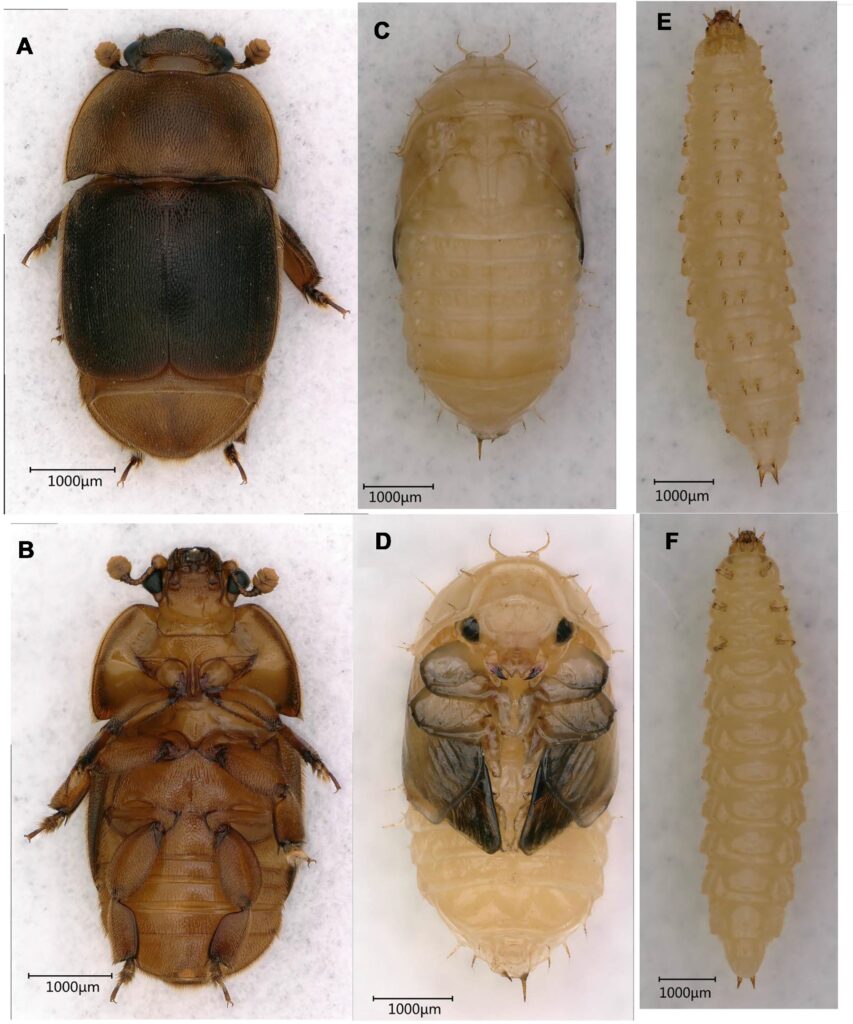
The genetic underpinnings of direct development in beetles involve complex modifications to the regulatory networks that control metamorphosis. Research suggests that changes in key developmental genes and hormone signaling pathways, particularly those involving juvenile hormone and ecdysone, play crucial roles in this phenomenon. These hormones typically regulate the timing of molts and metamorphic transitions in insects with complete metamorphosis. In direct developers, the expression patterns of these hormones are altered, effectively compressing or eliminating distinct developmental stages. Studies of the homeotic genes—master regulators that control body plan development—show different activation patterns in direct-developing beetles compared to their conventional counterparts. Modern genomic approaches have revealed that rather than evolving entirely new genes, these beetles repurpose existing developmental genetic machinery, modifying when and where genes are expressed during embryonic development.
Developmental Plasticity and Environmental Influence
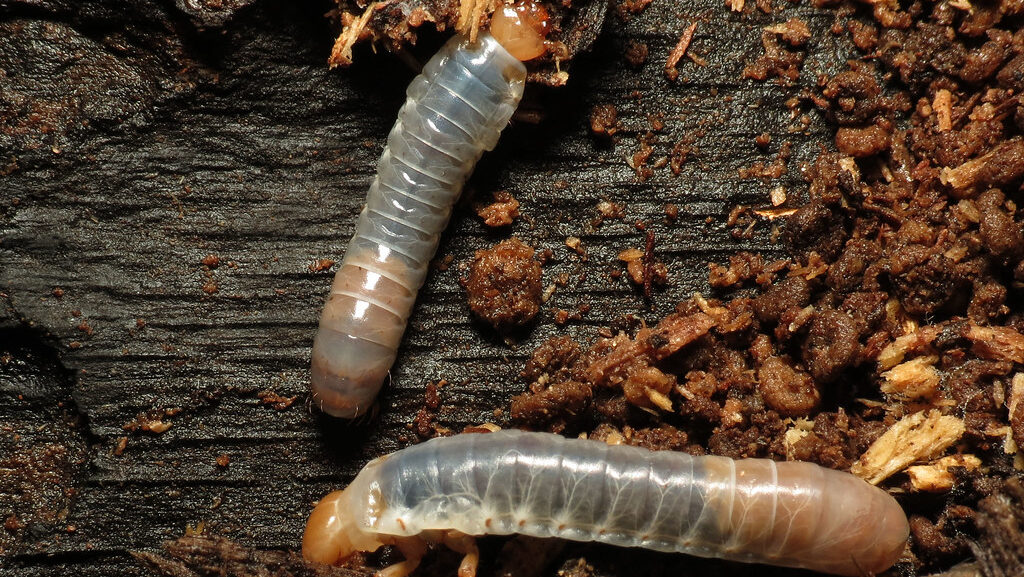
What makes the phenomenon of direct development particularly fascinating is the plasticity exhibited by some beetle species, which can switch between different developmental pathways depending on environmental conditions. This flexibility represents a sophisticated adaptation to unpredictable environments. Temperature, humidity, population density, and food availability can all influence whether certain beetles follow direct development or conventional metamorphosis. In some cases, beetles raised under laboratory conditions with abundant resources follow the traditional four-stage life cycle, while the same species might skip stages when environmental stressors are present. This environmentally responsive development suggests complex sensing mechanisms that allow beetles to “read” their surroundings and adjust their developmental trajectory accordingly. Such developmental plasticity provides valuable insights into how organisms balance genetic programming with environmental adaptation.
Evolutionary Origins: Once or Many Times?
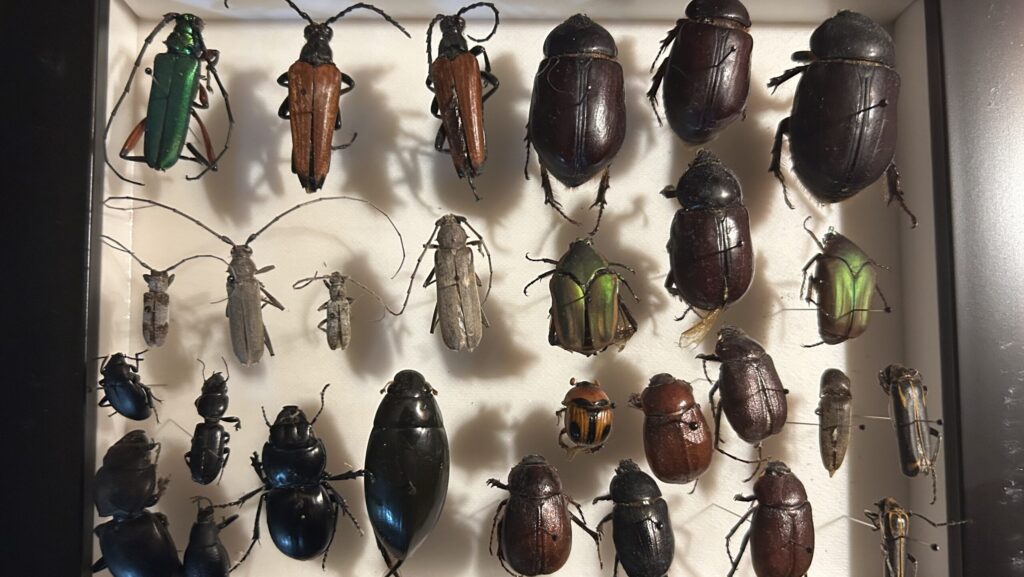
The evolutionary history of direct development in beetles presents a fascinating question: did this trait evolve once or multiple times independently? Phylogenetic analyses suggest the latter—direct development appears to have evolved independently in several beetle lineages, representing a remarkable case of convergent evolution. This pattern indicates that despite the complexity of restructuring developmental pathways, the adaptive advantages of skipping the larval stage have been significant enough to drive similar evolutionary innovations multiple times. The repeated evolution of this trait underscores its adaptive value and suggests there may be multiple genetic pathways that can lead to the same developmental outcome. Molecular clock analyses indicate that some lineages of direct-developing beetles diverged from their conventional relatives millions of years ago, demonstrating the evolutionary stability of this alternative developmental strategy.
Implications for Evolutionary Theory
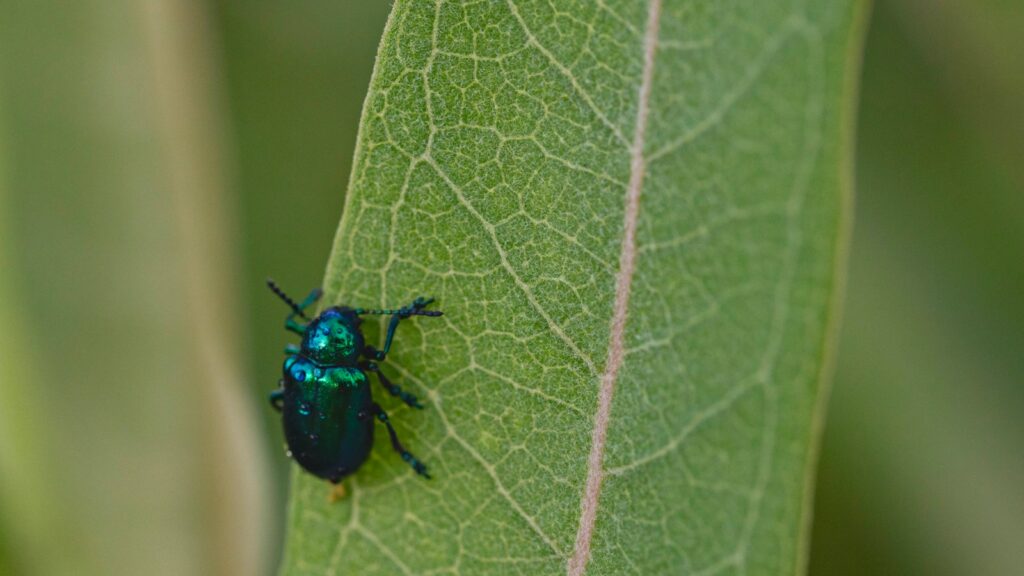
Direct development in beetles challenges traditional views of evolutionary processes, particularly regarding the flexibility of developmental pathways. The phenomenon provides strong evidence for the concept of heterochrony—evolutionary changes in the timing of developmental events—as a major mechanism of evolutionary innovation. By altering the timing and sequence of developmental stages, beetles have created novel life histories without necessarily evolving new structures or functions. This developmental shortcutting demonstrates that evolution can proceed not just through the gradual modification of existing structures but also through the reorganization of developmental processes themselves. The study of these beetles supports the theory of mosaic evolution, where different aspects of an organism’s biology can evolve at different rates, rather than changing as a unified whole.
Challenges to the Biogenetic Law

The existence of direct-developing beetles poses a significant challenge to Ernst Haeckel’s biogenetic law, which proposed that “ontogeny recapitulates phylogeny”—the idea that an organism’s development retraces its evolutionary history. While this concept has long been modified or rejected by modern biologists, the complete skipping of ancestral developmental stages in some beetles demonstrates just how flexible evolution can be with developmental pathways. Rather than being constrained to repeat their evolutionary history, these beetles effectively “delete” entire chapters from their developmental story. This observation supports the more modern view that development is not simply a replay of evolutionary history but rather a process that itself evolves and adapts. The study of direct-developing beetles has contributed to the refinement of evolutionary developmental biology (evo-devo) theory, which explores the relationship between developmental processes and evolutionary change.
Conservation Implications

The unique developmental pathways of direct-developing beetles have important implications for conservation biology and biodiversity protection. Species with specialized or unusual life cycles may face distinct vulnerabilities to environmental change compared to their conventional relatives. The developmental plasticity that allows some beetles to switch between direct and indirect development may provide resilience in the face of changing conditions, but it could also create unexpected susceptibilities to specific environmental disruptions. Understanding these alternative developmental pathways is crucial for predicting how such species might respond to habitat loss, climate change, or pollution. Conservation strategies for ecosystems containing direct-developing beetles must account for their unique life history traits and potentially different resource requirements compared to typical beetle species.
Research Challenges and Future Directions

Studying direct development in beetles presents several significant research challenges that continue to limit our understanding of this fascinating phenomenon. Many direct-developing species are small, cryptic, or inhabit difficult-to-access environments, making them challenging subjects for laboratory investigation. The rarity of some species and the difficulty of maintaining them in captivity further complicate research efforts. Future research directions include applying advanced genomic tools to identify the specific genetic changes responsible for direct development and conducting comparative studies across multiple lineages to identify common mechanisms. Emerging technologies such as CRISPR gene editing offer the potential to experimentally modify developmental genes and directly test hypotheses about their role in stage-skipping. Additionally, integrating studies of beetle development with research on climate change could reveal how these species might adapt to rapidly changing environments.
Broader Evolutionary Lessons
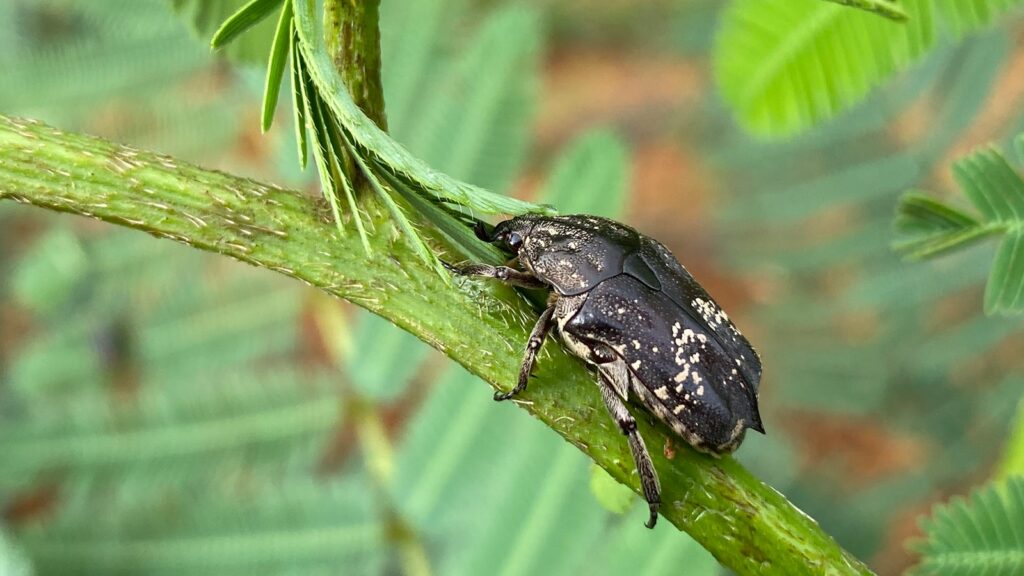
The phenomenon of direct development in beetles offers broader lessons about evolution that extend beyond entomology. It demonstrates that development itself is subject to natural selection, with pathways that can be shortened, extended, or modified based on adaptive pressures. This understanding has influenced thinking across biology, from plant life cycles to vertebrate development. The repeated independent evolution of direct development illustrates the concept of convergent evolution—that similar adaptive challenges can drive unrelated lineages toward similar solutions. Additionally, these beetles exemplify how seemingly entrenched biological processes can be dramatically altered when selection pressures favor such changes. The developmental flexibility seen in these beetles serves as a reminder that evolution works with the tools at hand, repurposing existing genetic machinery rather than creating entirely new systems from scratch.
Conclusion: Developmental Shortcuts as Evolutionary Innovations
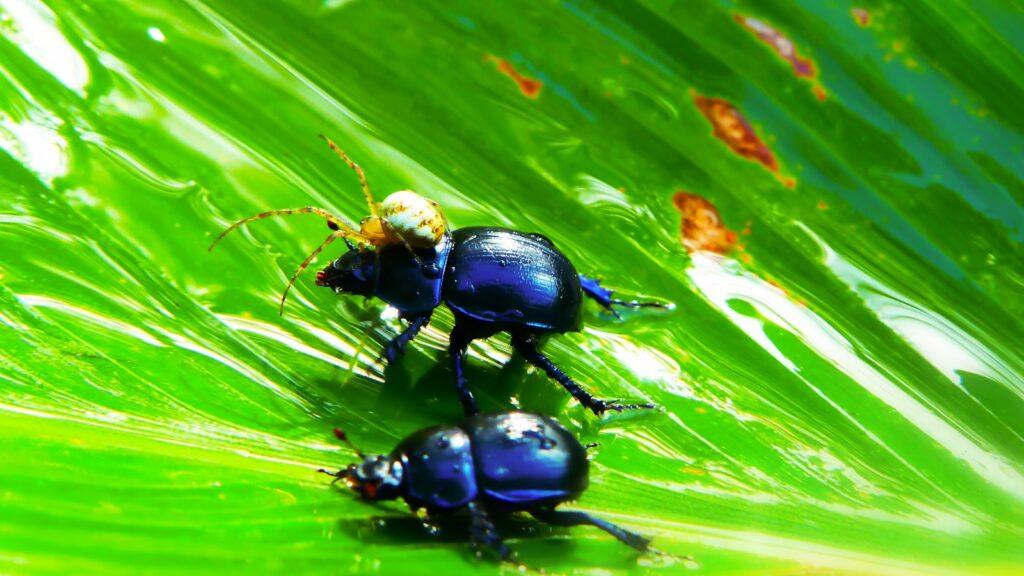
The beetles that skip the larval stage represent a profound example of how evolution can reshape even the most fundamental biological processes. By bypassing an entire developmental phase, these insects have effectively rewritten the rules of metamorphosis that govern most of their relatives. This developmental innovation illustrates the remarkable plasticity of evolutionary processes and demonstrates how adaptations can emerge through changes in developmental timing and patterning rather than through the evolution of entirely new structures. As we continue to study these exceptional beetles, they offer valuable insights into the interplay between development and evolution, the genetic basis of life cycle variations, and the diverse ways organisms adapt to environmental challenges. In the grand narrative of evolution, these beetles remind us that nature often finds surprising shortcuts on the path to survival and reproduction, challenging our understanding of biological constraints and possibilities.

